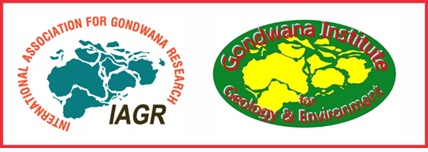Critical metal deposits in terrestrial and oceanic environments and the Global Energy Transition
DOI:
https://doi.org/10.63335/j.hp.2025.0008Keywords:
Critical minerals, Green technology, Circular economy, Habitat protection, SustainabilityAbstract
Critical metals like rare earth elements (REE), Li, Co, Cu, Ni, and platinum group elements (PGE) are vital requirements for various green technology applications. These metals are essential components in rechargeable batteries, wind turbines, solar panels, electric vehicles, and for strategic applications. In this overview, we present a consolidated account of the different types of critical mineral deposits on land and in the deep oceans is presented here. The terrestrial deposits include various types of magmatic, hydrothermal, and sedimentary archives, which are currently the major sources for these critical minerals. The potential marine mineral deposits include manganese nodules on ocean floor, ferromanganese crust deposits on seamounts, hydrothermal sulphide deposits in the mid-oceanic ridges, phosphorite deposits on the ocean floor along continental margins and submerged mountains, and REY-rich mud representing deep-sea sediment deposits. Currently, exploitation of marine mineral deposits face many challenges including pollution and habitat destruction in the marine environment, as well as climate change, which can negatively impact the environment and the resources. The shift to a low-carbon economy depends on securing a stable supply of these critical metals. While terrestrial mining remains dominant, deep-sea resources must be balanced with environmental protections. Sustainable strategies, including recycling and diversification of supply chains, with emphasis on circular economy, will be the key to ensuring a smooth energy transition. Coupled with supportive policies, technological advancements, and ethical practices, these strategies forge a resilient, low-carbon future.
Downloads
Published
Data Availability Statement
Data available from authors upon request
Issue
Section
License
Copyright (c) 2025 © International Association for Gondwana Research & Gondwana Institute for Geology and Environment, Japan

This work is licensed under a Creative Commons Attribution-NonCommercial-NoDerivatives 4.0 International License.
CC Attribution-NonCommercial-NoDerivatives 4.0

